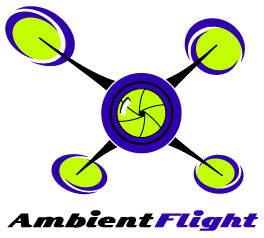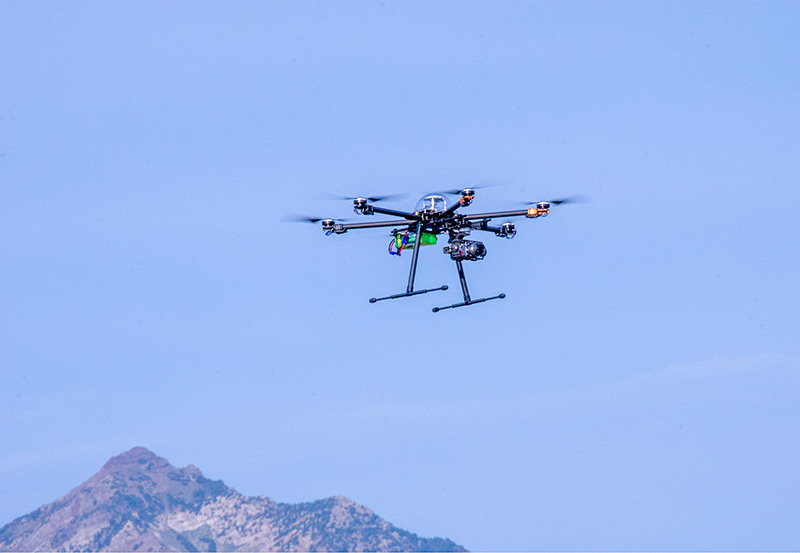

If you can understand 1/3 of the title of this post, you are a heli-geek. Yesterday I picked up the camera I will be using with my big hexactoper. The copter frame is a Tarot T960.
The Sony NEX-5T (a mirror-less high quality camera) is mounted to the frame via a auto-leveling device called a “gimbal.” That’s the Arris Zhaoyun (Chinese name of course).
I flew twice today. The first flight was pretty smooth and the jello effect (vibrating video) was hardly there. That’s what my current mode is, jello-reduction. Actually I should say jello-elimination.
This afternoon’s flight was more in focus as far as the camera went, but there was way too much jello. Post flight I looked at my remote and it looks like I had my gains turned down, which might have caused the jello. Gains are a fine-tuning setting for the motors. Also, the winds were up, which can also cause vibration issues.
 In these photos you’ll notice that the camera is on one end, and the batteries on the other. I’m using the batteries as a counterweight.
In these photos you’ll notice that the camera is on one end, and the batteries on the other. I’m using the batteries as a counterweight.
After replacing the work light bulbs in my lab, I did an install of the ReadyMadeRC 5V/12V Dual Step Down Regulator (RMRC-5-12-STEP), seen below.
This unit is necessary for a couple of reasons:
12 Volt Gimbal Power
My Arris Zhaoyun gimbal needs 12 volts of power to operate. The power supply for my hexacopter is via a 6S battery, which puts out 22.2 volts. Other BEC (battery elimination circuit) outputs on the bird are 5 volts. Not enough.
So the 5V/12V Dual Step Down Regulator takes that 22.2 volt 6S signal and splits it out into a 12 volt and 5 volt set of JST plugs. Perfect.
I lopped off the input plug on the regulator and soldered the leads directly to my power distribution board. Then I put the regulator on the bottom plate so that the 12V/5V leads could be put toward the front of the bird, where I need the power for the gimbal.
The gimbal powered right up last night, so the power setup is good. The gimbal did the chicken dance, so it needs to be setup and calibrated.
Lights
Another reason for the 12 volt power is lighting. I’m going to put some LED strips on the front and rear arms of the bird. It is currently very easy to get disoriented and have no idea where the “front” of the bird is. Those lights will help. More on the lights later.
Now that I’ve got my big hexacopter flying with about 10 flights so far, I’m moving toward getting a 3-axis gimbal installed and a camera installed. That’s the point after all: some better (professional quality) aerial photos and videos than I could get with my little Phantom and GoPro.
I don’t have a specific camera yet until I get some more funding, but for now I’ll be able to mount my little Canon S95, which is great for its size. It shoots decent HD video and also raw still images with quite a nice wide angle of view. I will need to install a hack firmware for it to allow it to shoot stills every x seconds, but that’s no big deal.
Last night I got the new Arris Zhaoyun (yeah the name kills me every time) 3-axis gimbal installed on the bird, after some parts came in from China. The mount is not optimal, but looks like it will do the job.
Next I need to get some power to the gimbal. The issue there is that the 6S battery runs at 22.2 volts and the gimbal needs 12 volts. So I also ordered what is called a “UBEC” which is a regulated converter which will step down a 22.2 volt signal down to 12 volts. In fact, it also steps down to 5 volts for other possible on-bird needs. The UBEC arrived yesterday.
Lighting
The 12 volt supply will also be good for some lighting. It is very tough to tell what direction this bird is flying and I actually get in a panic because I can get disoriented. Suddenly the bird will look like it is tilting 45 degrees, but that’s just because the back arms look like they are in front. The solution is to put some LED lights on the front and rear arms. Those are 12 volts.
Hopefully I’ll get some time to work on the 12V power situation in the next day or two, and get that Canon airborne soon.